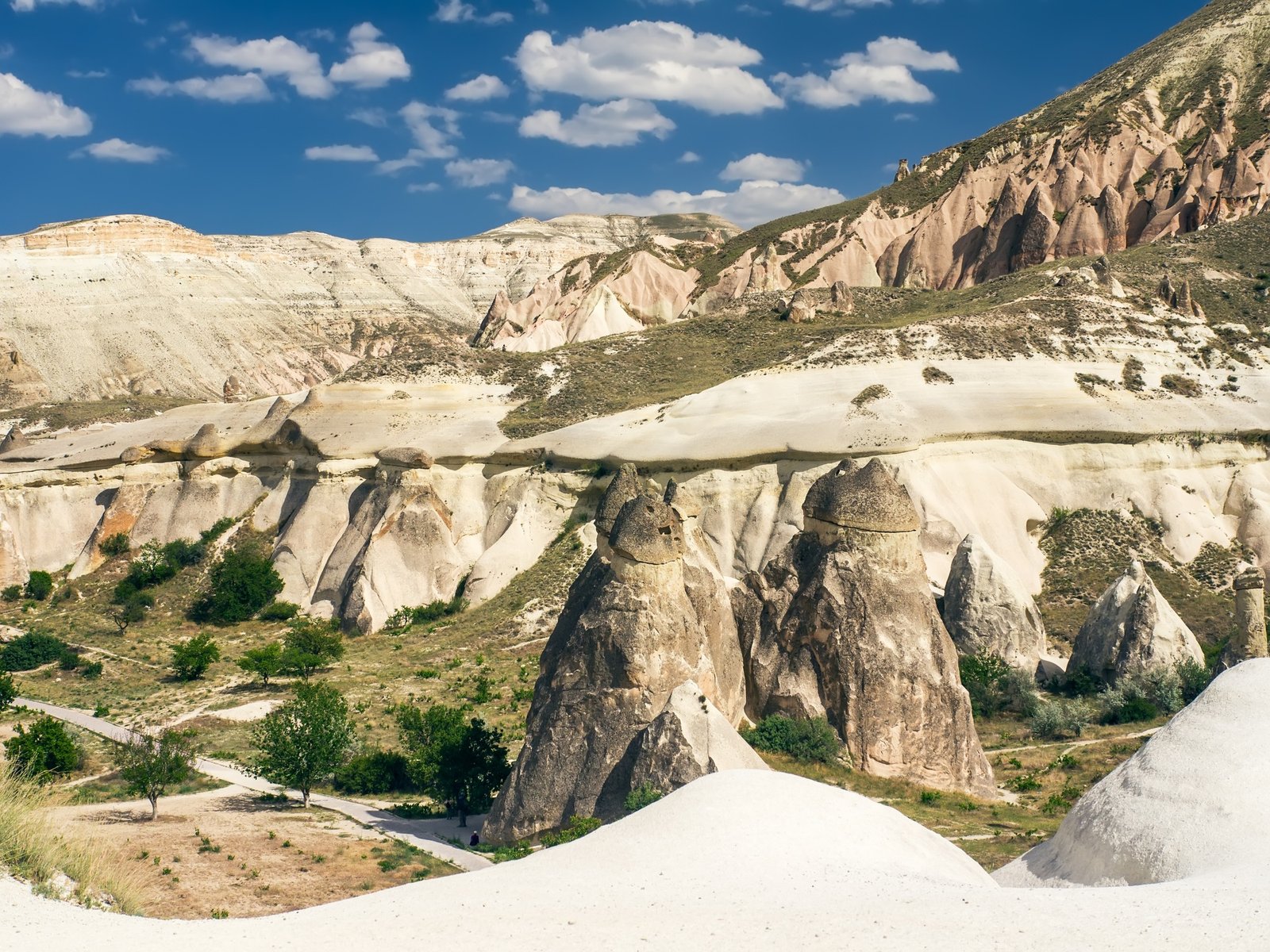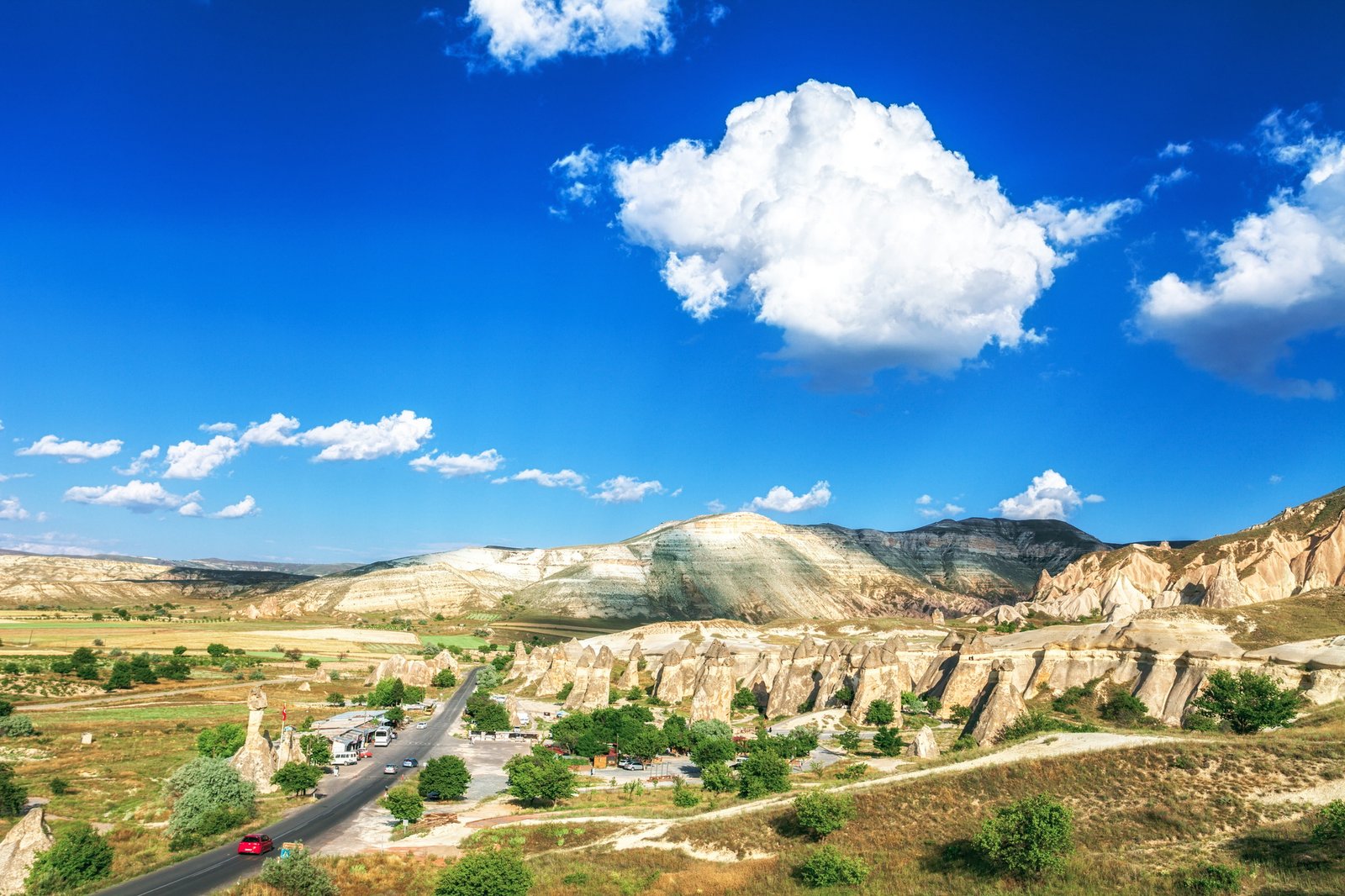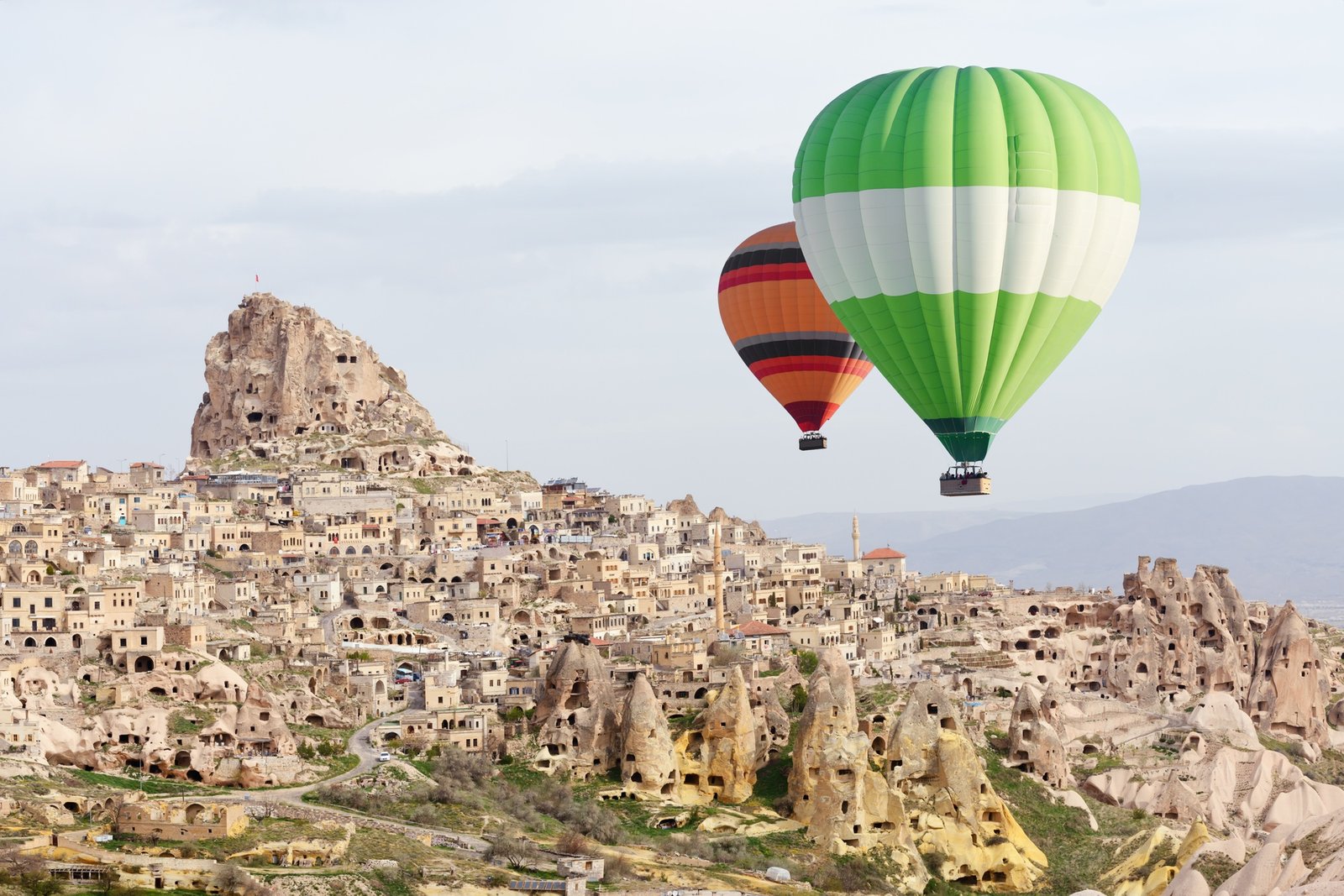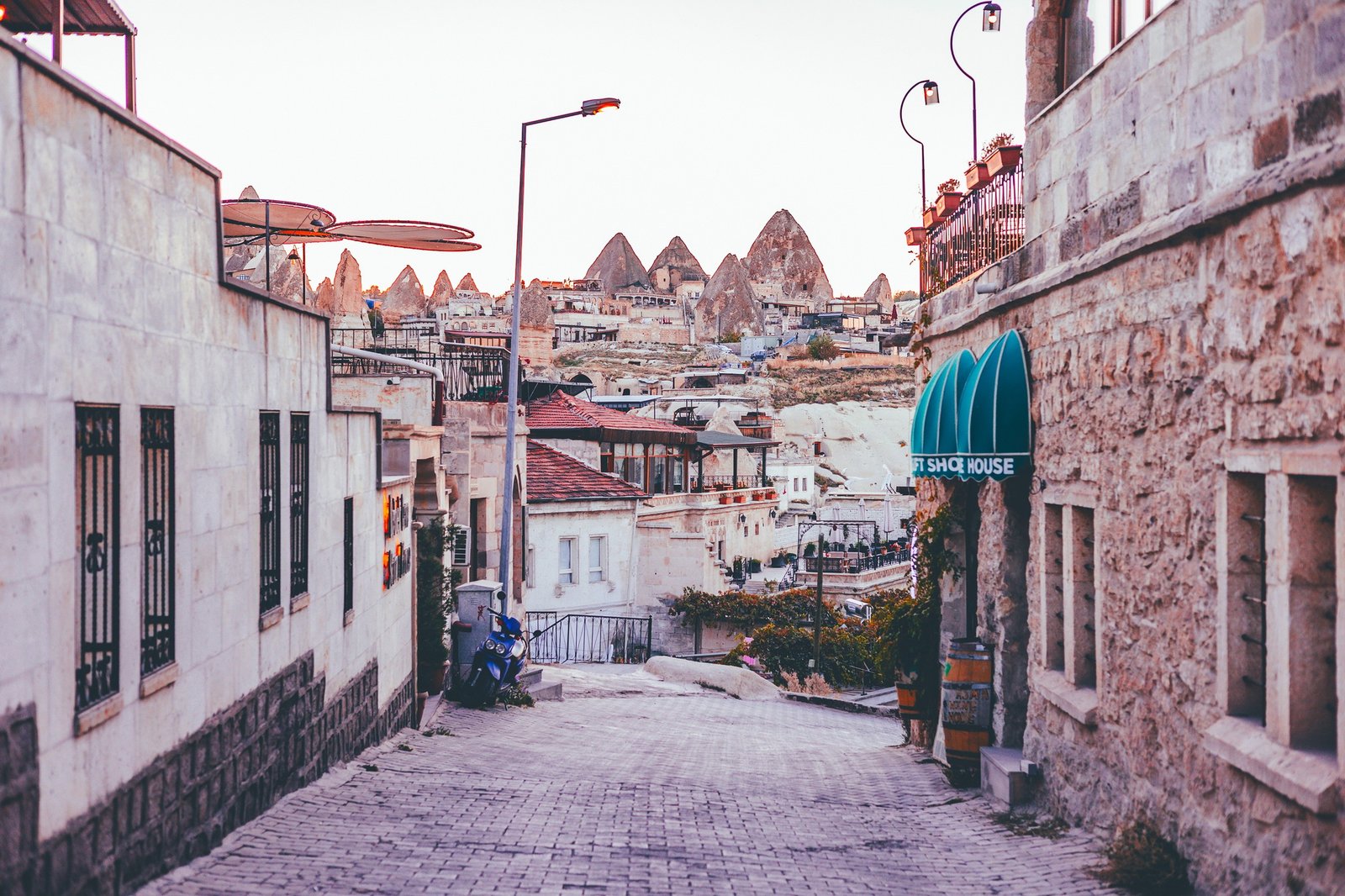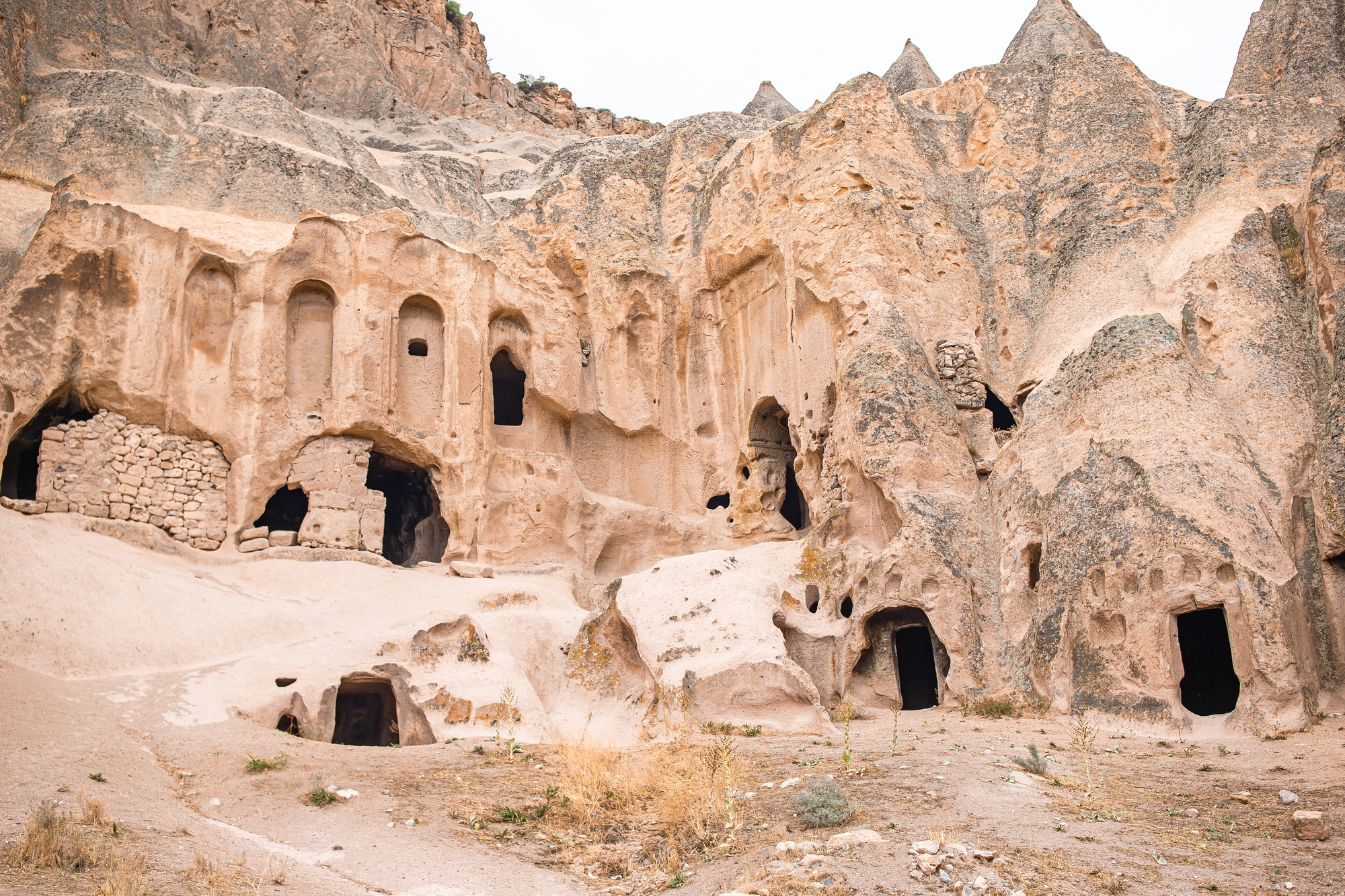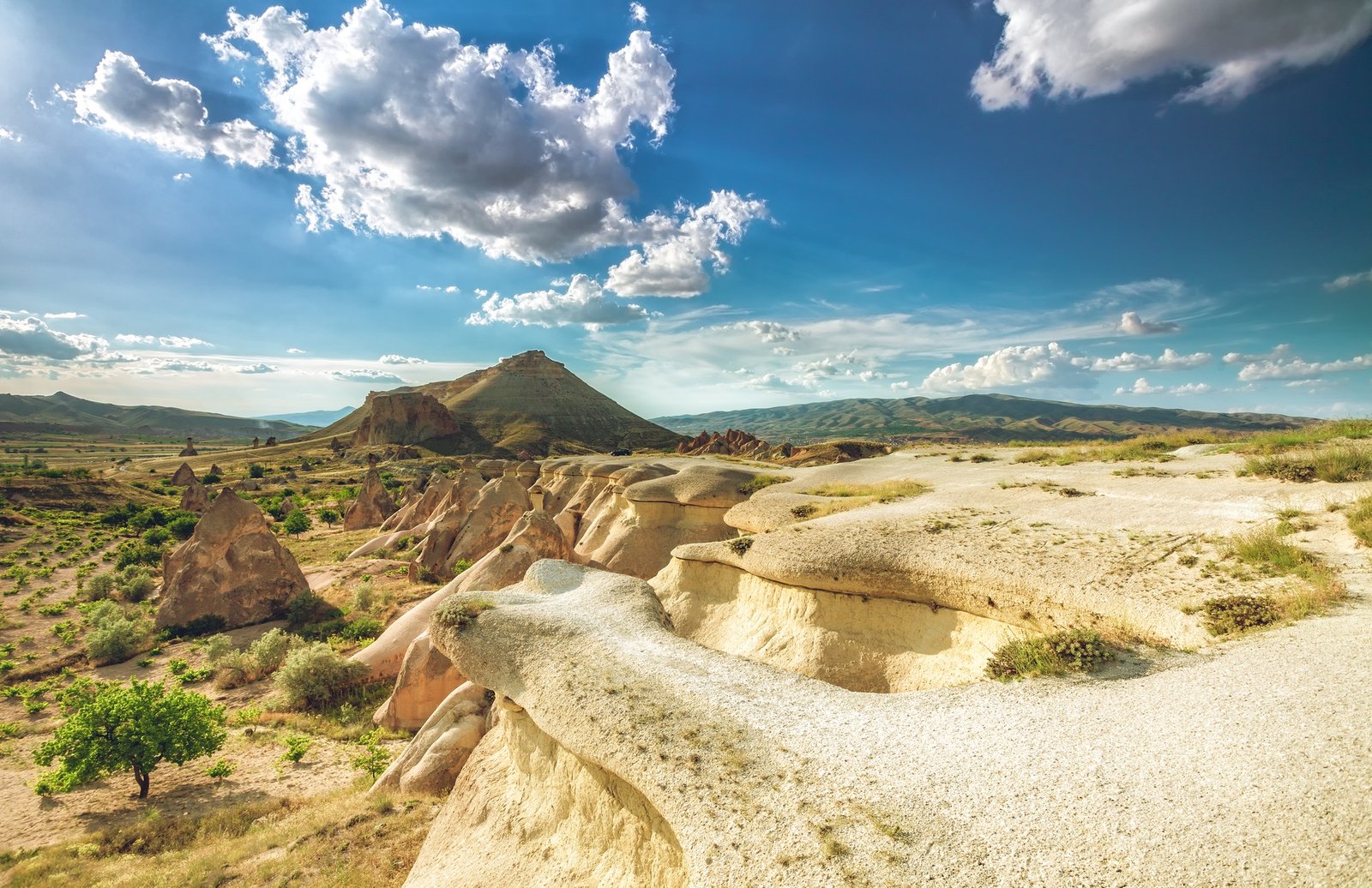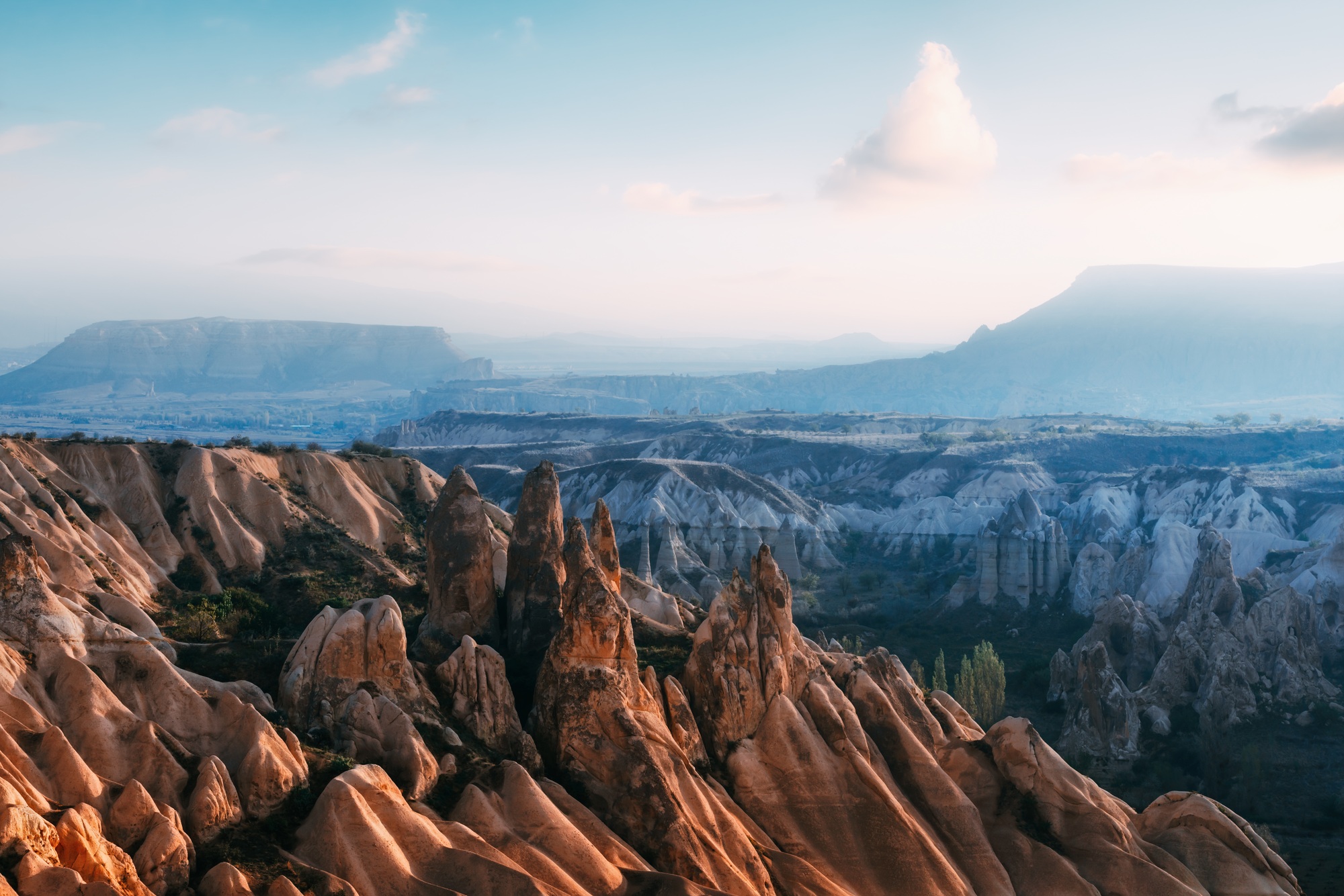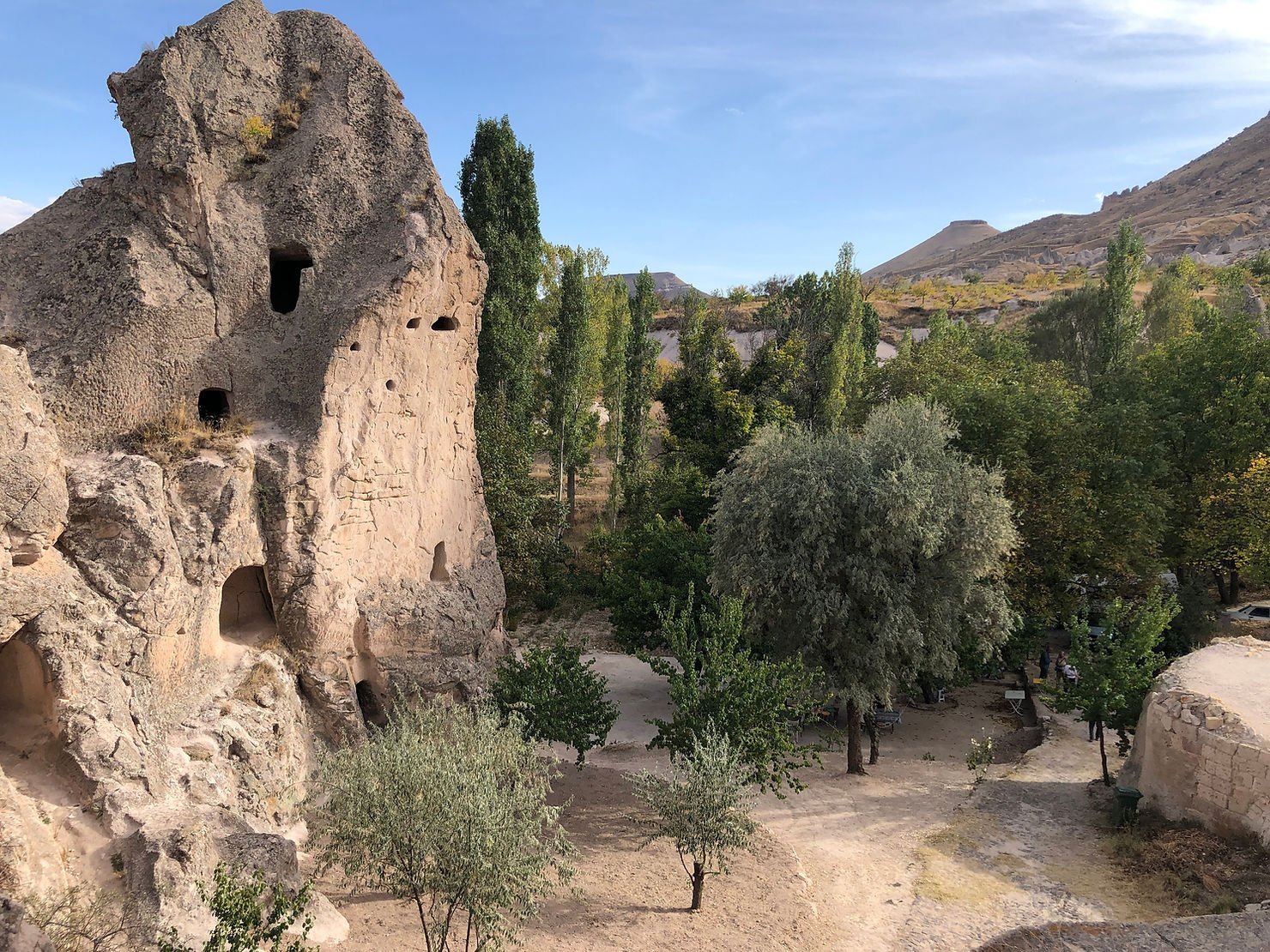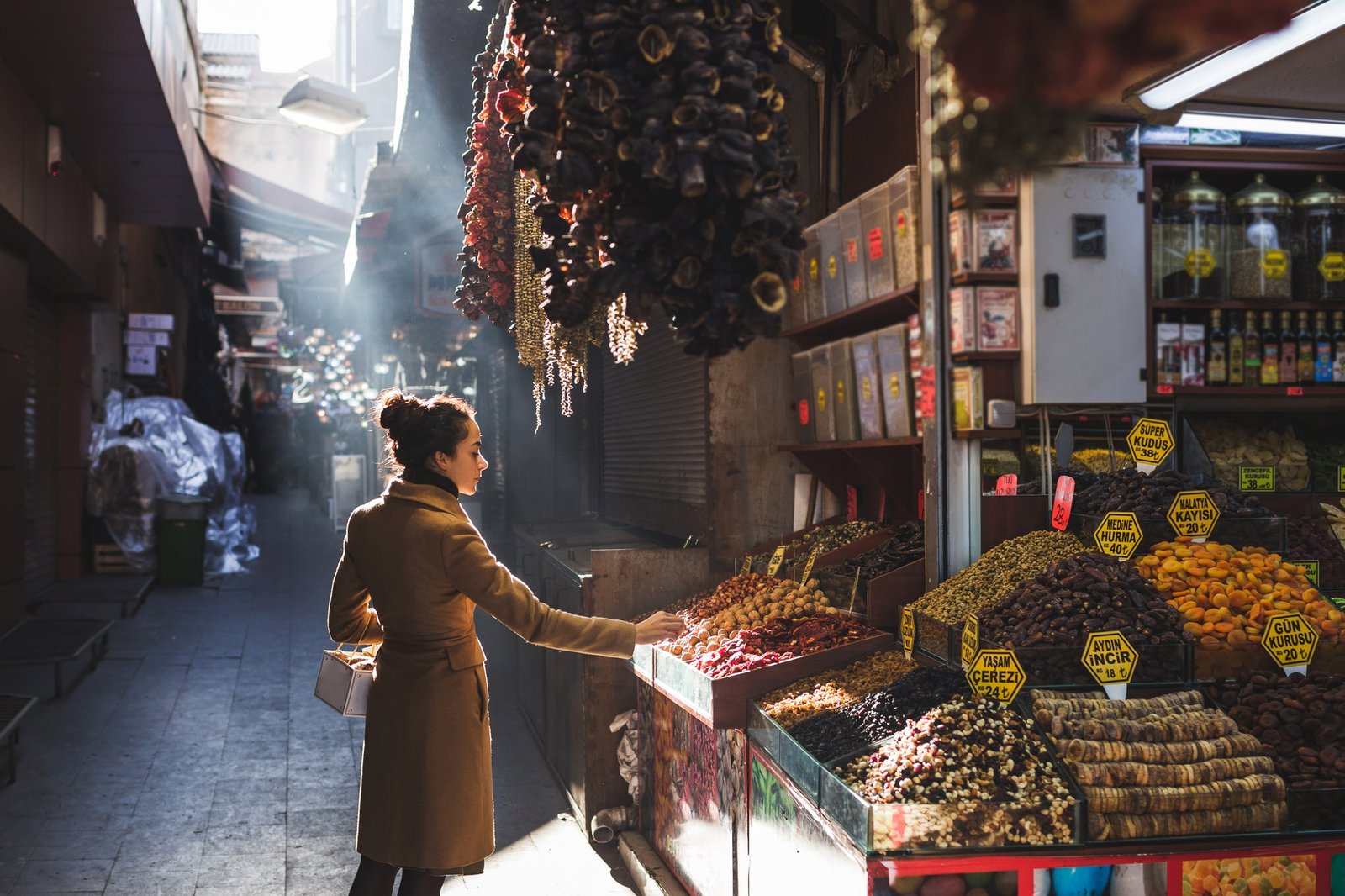October is undeniably one of the best times to visit Cappadocia. With its pleasant climate and stunning landscapes, this Turkish gem unfolds its beauty in ways that make any traveler’s heart skip a beat. Wondering what the weather in Cappadocia looks like in October and how it impacts your travel plans? You’re in the right place.
This guide covers everything you need to know about Cappadocia weather in October, from temperatures and rainfall to activities perfectly suited for this time of year. You’ll also get insider tips on how to make the most of your trip.
What Is the Weather Like in Cappadocia in October?
Cappadocia weather in October is an ideal combination of cool mornings, warm afternoons, and crisp evenings. By this time, much of the summer heat has dissipated, but it’s still warm enough to enjoy outdoor activities. The region’s semi-arid climate ensures plenty of sunny days and minimal rainfall.
- Average High Temperature: About 20°C (68°F)
- Average Low Temperature: Around 5°C (41°F)
- Hours of Sunshine: Approximately 8 hours per day
- Rainfall: Expect occasional showers, but nothing that will disrupt your plans
The mornings and evenings can be chilly, so layers are your best friend when packing for this time of year.
Perfect Time for Exploring
October’s Cappadocia climate is perfect for exploring the region’s iconic sights. Whether it’s hiking through valleys, visiting ancient cave churches, or catching Cappadocia’s famous hot air balloon rides, the mild weather makes it all enjoyable.
Why October Is the Best Time to Visit Cappadocia
While Cappadocia is stunning year-round, October holds a special appeal for several reasons.
Fewer Crowds, Peaceful Experiences
By October, the busy summer tourist season has wound down. This means smaller crowds at popular sites like the Göreme Open-Air Museum and the Devrent Valley. It’s a perfect time for travel bloggers and enthusiasts eager to capture serene landscapes without the swarm of visitors.
Comfortable Weather for Outdoor Activities
Unlike the scorching summer months, October’s Cappadocia weather allows you to enjoy long hikes in the Rose Valley or Love Valley without breaking into a sweat. The cool breeze also makes it a delightful time for horseback riding—another popular activity in the region.
A Visual Feast
Cappadocia in October brings a mix of earthy autumn hues and clear skies. The orange, red, and golden tones of the valleys create a magical backdrop for photos. Add a sky dotted with dozens of colorful hot air balloons, and you have a picture-perfect experience.
What to Pack for October in Cappadocia
Packing strategically for Cappadocia weather in October is key to enjoying your trip. Here’s a quick checklist of essentials to ensure you’re prepared for the varying temperatures:
Clothing Essentials
- Layered Outfits: Think light sweaters or cardigans for the daytime and heavier jackets for the evenings.
- Comfortable Shoes: You’ll likely be walking or hiking a lot, so bring sturdy shoes with good grip.
- Scarves or Hats: Useful for chilly balloon rides in the early morning.
Travel Gear
- Day Pack: Perfect for carrying water, snacks, and layers during hikes.
- Camera or Smartphone: October’s Cappadocia climate offers remarkable opportunities for photography.
Other Essentials
- Sunscreen: Even in October, the sun can be strong during peak hours.
- Reusable Water Bottle: Stay hydrated while exploring.
Top Activities to Enjoy in October
The delightful Cappadocia weather in October allows visitors to enjoy activities that are either too hot to handle in summer or too cold to consider in winter.
1. Hot Air Balloon Rides
Famous for its hot air balloons, Cappadocia is at its best in October. The cool mornings and calm winds provide perfect flying conditions, offering unforgettable views of the unique landscapes. Pro tip: Book your balloon ride early as this is a popular activity.
2. Hiking Adventures
Take advantage of the mild Cappadocia climate to explore hiking trails in valleys like Pigeon Valley, Ihlara Valley, and Red Valley. The cool air and stunning fall colors elevate the hiking experience.
3. Explore the Underground Cities
Cappadocia’s underground cities, such as Derinkuyu and Kaymakli, are iconic sights that are perfect for the occasional cooler day. Their tunnels and rooms offer a glimpse into the region’s fascinating history.
4. Visit Göreme Open-Air Museum
Often considered a highlight of Cappadocia, the Göreme Open-Air Museum is a UNESCO World Heritage Site featuring ancient cave churches and frescoes. With fewer crowds, October allows for a more intimate visit.
5. Indulge in Local Cuisine
What’s a trip without food? Cappadocia’s local cuisine is just as memorable as its landscapes. Savor pottery kebabs, fresh gözleme (savory Turkish flatbreads), and rich Turkish coffee at one of the charming outdoor restaurants—perfect for the pleasantly warm afternoons.
Insider Tips for Visiting Cappadocia in October
- Book Early: October is not peak tourist season, but many travelers favor this time for its idyllic weather. Secure your accommodation and activities in advance.
- Plan for Sunrise Activities: Both hot air balloon rides and many hiking trails are best enjoyed right after sunrise when the light is soft and the weather is cool.
- Carry a Power Bank: Whether you’re exploring valleys or riding a hot air balloon, you’ll want your devices charged for all the photo ops.
Final Thoughts
Cappadocia weather in October offers the perfect mix of comfort, beauty, and adventure. From breathtaking landscapes to charming local experiences, October is a fantastic time to visit this magical region. Whether you’re a travel blogger capturing those Instagram-perfect shots or a casual traveler soaking in the sights, Cappadocia’s autumn allure will leave you spellbound.
Don’t wait—start planning your October Cappadocia itinerary today. With its mild climate, serene atmosphere, and adventurous offerings, you’re guaranteed an unforgettable experience.

